Particle size distributions of magnetite media solids.
Harish Hanumanthappa. In this paper, coal screening in vibrating screen was carried out with the size ranges of −6 mm + 4 mm, −4 mm + 2 mm, and −2 mm + mm. The vibrating screen was newly ...
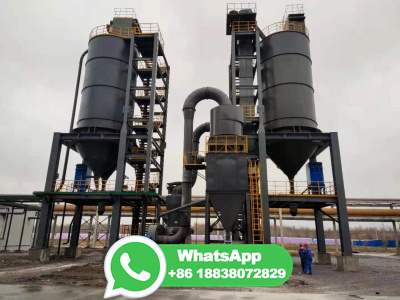
Harish Hanumanthappa. In this paper, coal screening in vibrating screen was carried out with the size ranges of −6 mm + 4 mm, −4 mm + 2 mm, and −2 mm + mm. The vibrating screen was newly ...
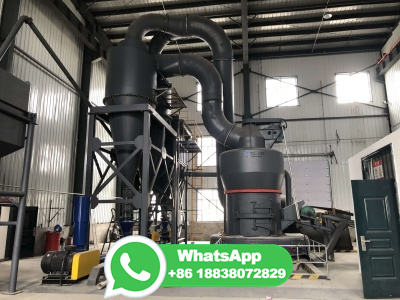
Sample records for magnetite finecoal cleaning. Fine coal is cleaned of its mineral matter impurities and dewatered by mixing the aqueous slurry containing both with a hydrophobic liquid, subjecting the mixture to a phase separation. The resulting hydrophobic liquid phase contains coal particles free of surface moisture and droplets of water ...
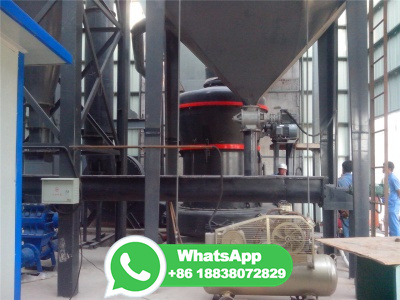
Magnetite could be lost in multiple stages of the coal beneficiation process. The drainandrinse screens, for example, are trying to wash as much magnetite off the clean coal as possible. If they do not have enough water, however, the magnetite could be lost to the clean coal stream.
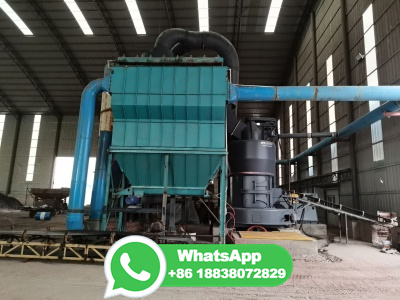
Firstly, runofmine (ROM) coal is mixed with a slurry whose density is adjusted by the percentages of water and magnetite contents therein. This slurry is usually referred to as dense medium...
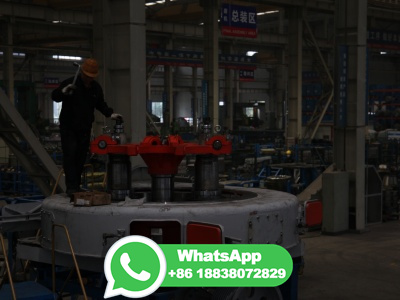
by Keith Powell — November 21, 2016. Using a combination of trains and trucks, magnetite will be shipped to the Elk Valley coal mines from Montana. — Photo: Flickr/Misson Mountain Railroad. Hundreds of tons of magnetite will soon be shipped by truck from Fortine, Montana to the Elk Valley coal mines, according the Flathead Beacon newspaper ...
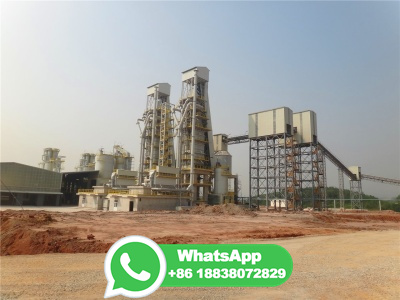
Power plant fly ash, a highvolume waste product of pulverized coal combustion, contains a magnetic fraction which can be easily separated and has a high market potential. The fly ash from most of the bituminous coals contains 15 to 20 weight percent iron oxides, 50% or more of which can be recovered by dry magnetic separation as a high ...
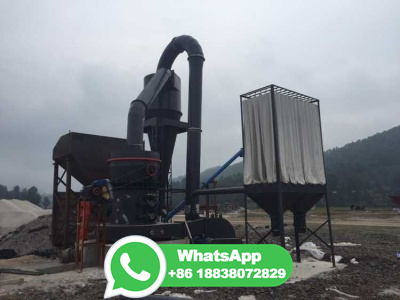
In coal preparation, the mineral magnetite (FeO, Fe 2 O 3) has become the most commonly used material, not only because it fulfils all the above criteria, but also because of its worldwide occurrence either as an iron ore or as a byproduct of mining operations for other minerals.
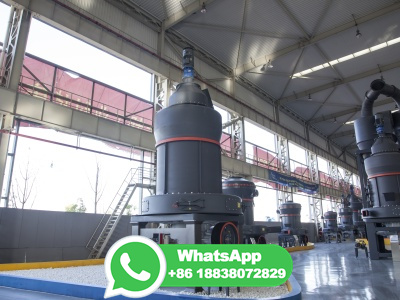
Commercial magnetite often contains significant amounts of α and γFe 2 O 3, in addition to magnetite. As αFe 2 O 3 is nonmagnetic, it is not removed in the magnetic separator and is discharged in the refuse. It is believed that this is the cause for much of the loss of heavy media experienced in the coal cleaning plants.
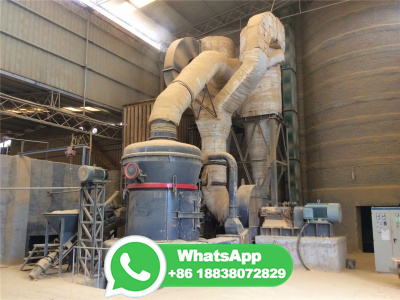
Coal Processing Plant. 1. Coal Washing Plant. (1). The excavator or loader feeds raw materials to the hopper of trommel scrubber; here trommel scrubber with 2layer screen at the end. After washing off the clay, screen three outputs: above 50mm,2050mm, and below 20mm. Above 50mm and 2050mm, outputs are transported to another place by belt ...

We help improve water quality. Water scarcity and concerns about contamination are two of the biggest challenges for society today. Long term water treatment solutions provide more stability in operations, helping you safely recover and purify water. Vibrantz offers materials to increase water treatment that will result in:
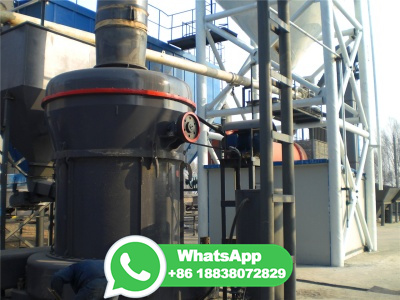
Unit 12, 25 Louis Friedman St, Factoria, Krugersdorp, Linkedin Youtube. Working Hours Mon Fri: 07:30 17:00
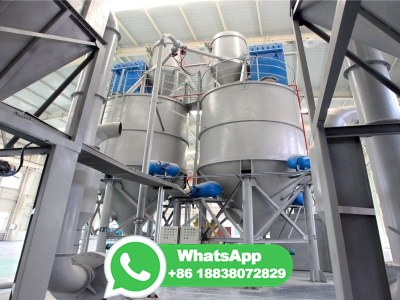
In China and Germany, jig washing is the dominant separation process used, again, due to the nature of the coal mined. Table Coal preparation processes used by country (Cleaner Coal Technology Program, 2001) ... causing large losses of coal. Magnetite that is too fine is not normally unfavourable for operation, although finer magnetite is ...
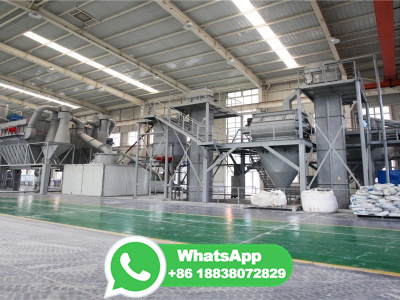
Wet beneficiation/coal washing. Currently, the wet coal beneficiation process is the predominant method for coal upgrading. The wet beneficiation processes include heavy media separation, cyclone (water only), froth flotation, and spiral separation [23,24]. The use of these technologies depends on the particle size of the feed and the ...
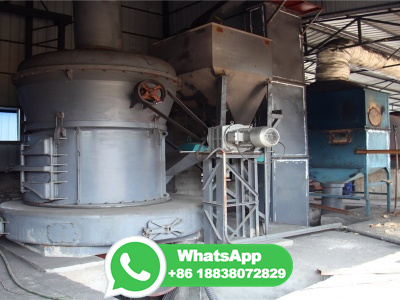
implemented as long ago as 1957 and cyclones are still being used to process fine coal ... a number of „washtozero‟ plants, based on the Tertre flowsheet, ... coal was also separated at a much higher relative density than the coarser coal. Magnetite consumption for the plant was reported to be around kg/feed ton. 6
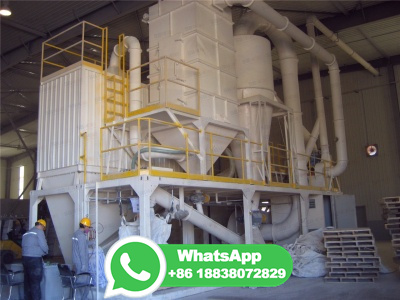
The first washing methods were imported from Europe, The "Chance" washer, in which the density differences between coal and mineral matter was exploited to clean raw coal was introduced in 1918. The Chance washer utilized sand and water as a medium. Today, the "heavymedia" process using magnetite is standard for coarse coal cleaning.
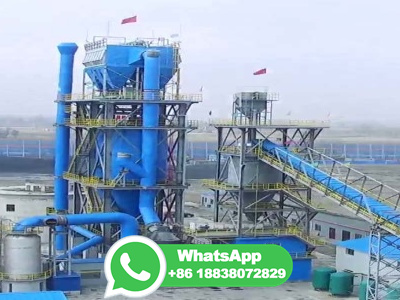
The output obtained from the supercritical process was a mixture of REY nitrates. Metallothermic reduction processes were then used to extract rare earth elements at high temperatures (>1000 °C) under vacuum conditions using inert gas. The extraction efficiency of different REYs varied between 7% and 99%.
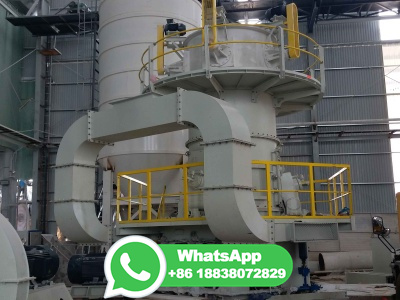
1. Introduction. Heavy medium coal washing technique can remove gangue, perform deep coal desulfurization and ash reduction, improve the calorific value of coal, and provide conditions for clean and efficient combustion of coal [1], [2], also the coal with deep deashing can be further utilized as material [3].The implementation of heavy medium coal washing technique is based on the density ...
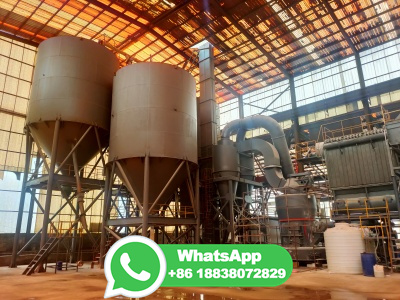
The process of cleaning coal is a wet one, using large quantities of water (, thousands of gallons per minute). From: Encyclopedia of Energy, 2004. Related terms: ... Magnetite is the favoured dense medium, which, added to water creates a slurry of suitable density to separate floats (coal) from sinks (ash). Geometrically DM cyclones are ...
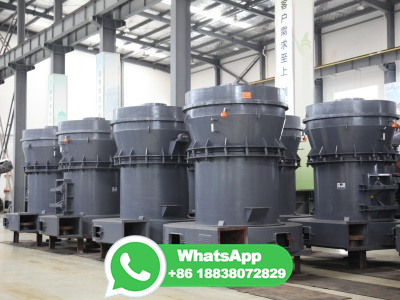
article{osti_, title = {Integrated coal preparation and CWF processing plant: Conceptual design and costing. Final technical report}, author = {McHale, E T and Paul, A D and Bartis, J T and Korkmaz, M}, abstractNote = {At the request of the US Department of Energy (DOE), Pittsburgh Energy Technology Center, a study was conducted to provide DOE with a reliable, documented estimate of ...
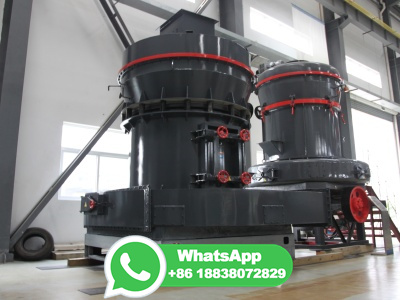
Our coal wash products have a proven track record as a preferred choice for coal wash plants worldwide. Total Iron Fe. Ferrous Iron Fe (2+) Nominal Range. Magnetics. Mean density. % min. 20% min. 53µm 8590%.